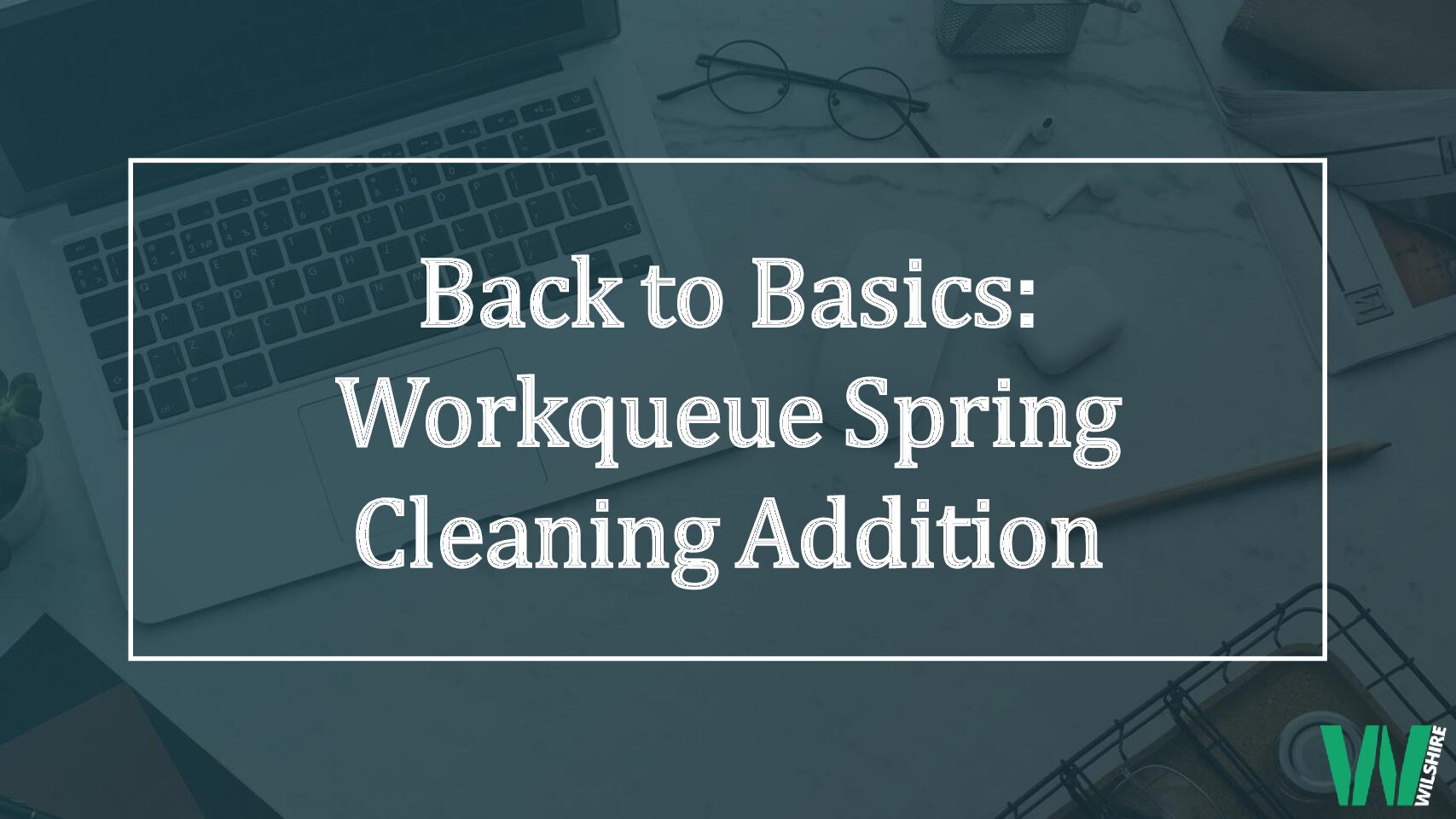A workqueue in Epic are fantastic, necessary tools for getting the right work in front of the right revenue cycle professionals right when they need it. They drive workflows across the gamut of revenue cycle functions, from registration and pre-AR edits to denials follow-up and payment reconciliation.
In a perfect world these work in harmony, keeping all your resources engaged in the most important work for their role, and your revenue cycle humming along. When you first built your system, you could probably easily answer these questions:
- What is the purpose of the workqueue?
- What operational area does this workqueue belong to?
- Who is the owner of this workqueue?
- How is the team performing in this workqueue?
You likely had a strong maintenance plan in place for:
- Fixing issues
- Creating new workqueues
- Maintaining metadata (supervisors, owning areas, and descriptions)
Over time though, more pressing priorities may have arisen and basic workqueue maintenance may have fallen by the wayside. While initially, this doesn’t seem like a big issue, neglecting basic workqueue hygiene can lead your organization to a place where workqueues can turn into liabilities causing:
- Accounts to fall into black holes where no one follows up on them
- A lack of understanding the purpose of the workqueue
- A lack of accountability for throughput and quality
- Inefficient IT and business support
If you haven’t found yourself in this situation, congratulations and keep up the good work! If you have, there’s some good news; a little spring cleaning can get you back on the road to workqueue success.
Cleaning up your Workqueues
This will require some lift across IT and operations but can be accomplished with a relatively small, concerted effort. Here’s how to do it:
Update All Metadata:
- Every workqueue should have an owning area, a current supervisor, and a detailed description that describes what is in the workqueue and why the workqueue exists.
- If the proper ownership of a given workqueue isn’t immediately clear, take the opportunity to gather leaders and subject matter experts to decide on a home based on which team can most efficiently and effectively work its content.
Clean Up Old and Bloated Workqueues:
- Deactivate obsolete workqueues that no longer serve their intended purpose. This may mean that a workqueue is sitting empty, but it could also mean that a queue has content, but it’s simply not being worked. Sometimes the intention behind a workqueue turned out to not be as essential as originally thought and the task can be better handled elsewhere.
- In situations where a workqueue has content but isn’t being worked, it may be the case that the corresponding work can be better managed via reporting. Migrating workqueues that should be reports to a new home can result in improve visibility and outcomes with some effort to ensure that the information makes it in front of the right sets of eyes with the right frequency.
- Although filtering workqueues to divide effort among a team is always an option, if records are consistently being missed or team members are unclear about where their responsibilities start and end in a queue, it may be time to consider a change. Split bloated workqueues into a more manageable size by implementing an alphabetic, location, or payor logic split depending on what makes the most sense for your organization and workflows.
Layer Reporting on Your Revitalized Workqueue Structure:
- Now that you’ve got your workqueues humming along, be sure to set up the corresponding processes and reporting needed to maintain visibility to those queues’ content. Set expectations with staff regarding productivity and acceptable volumes and then enable those same users to report on the health of the workqueues they work. Users with clear expectations and access to information will be sure to drive better outcomes.
- Along with empowered users, successful workqueue management requires good information for supervisors to keep a birds’ eye view on things. Create supervisor level reports to show health and productivity and give your leaders the information they need to adjust and respond to challenges quickly and efficiently.
- Although we’d like to think that creating great workqueues and reporting is enough to keep things running smoothly, it’s a simple fact that sometimes things don’t go according to plan and you will need to escalate, evaluate, and adjust. Along with your revamped workqueues, define thresholds for volume and aging for your workqueues to monitor on a weekly or monthly basis. Create a leadership review structure to assess any concerning trends outside of your acceptable thresholds that will facilitate the creation of a game plan to address challenges that can help solve an issue while there is smoke but not yet fire.
Spring cleaning your workqueues is much like spring cleaning your home and yard. Shake off the dust, clear out the cobwebs, and you can be sure that everything is humming along. If you would like to learn more about how to clean up your workqueue structure and improve your revenue cycle more broadly, we’re here to help! Contact us at The Wilshire Group.
